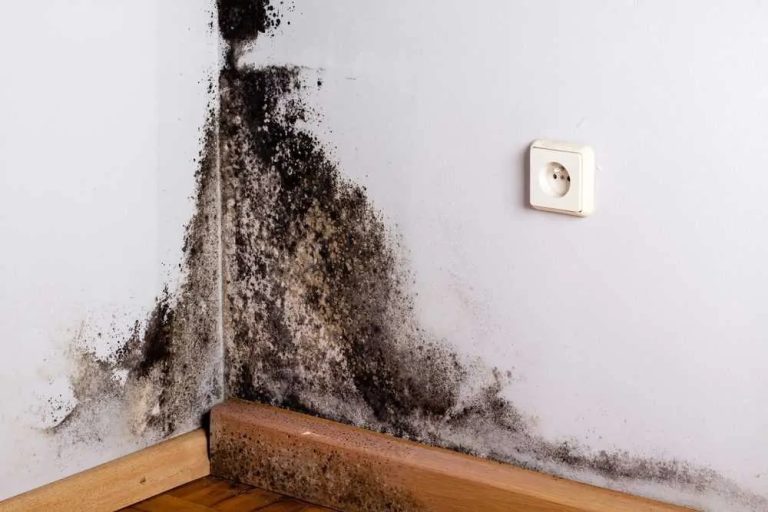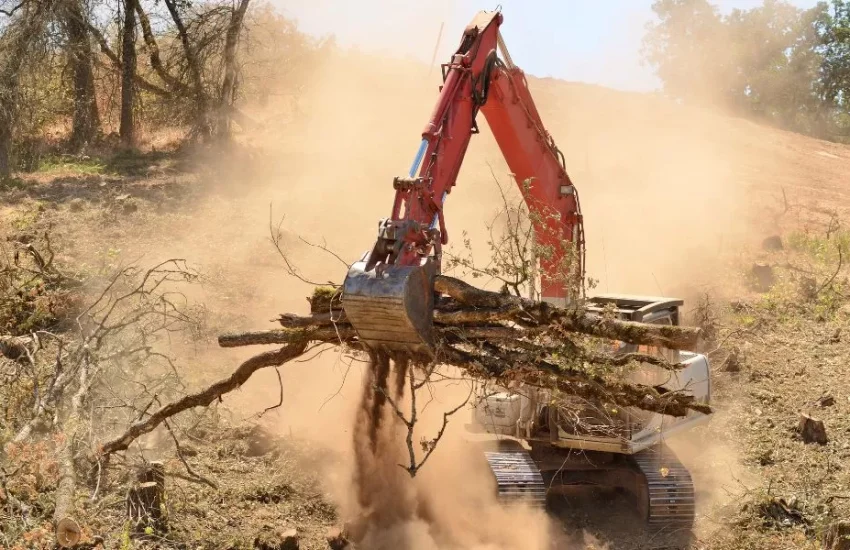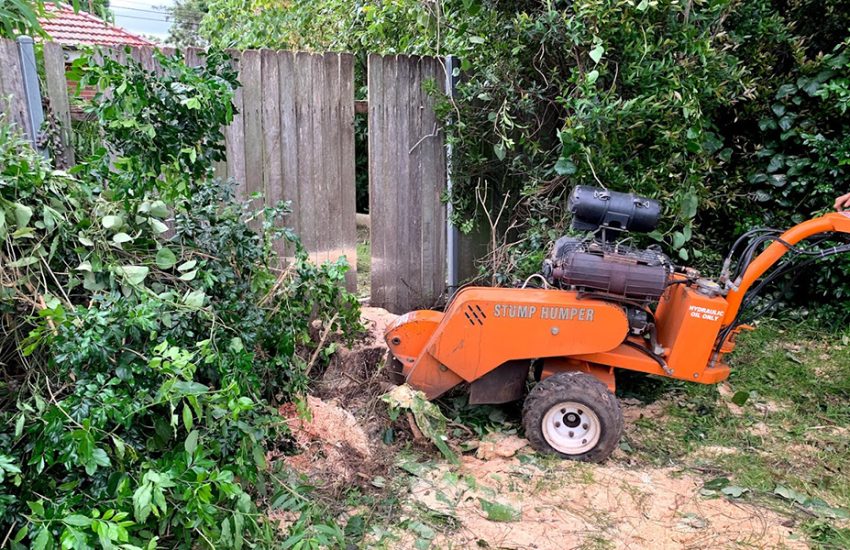Best Ways for Safe Removal of Black Mold
Safe removal of black mold is of utmost importance to protect both your health and the integrity of your property. Black mold, or Stachybotrys chartarum, is a type of toxic mold that can cause serious health issues when exposed to its spores.
Here are the best ways to safely remove black mold.
Assessment and Containment
Before attempting removal, assess the extent of the black mold infestation. If the affected area is larger than about 10 square feet or if mold growth is in your HVAC system, it’s advisable to hire a professional mold remediation company. For smaller areas, contain the space by sealing off the affected area with plastic sheeting and tape to prevent spore spread.
Protective Gear
Wear appropriate personal protective equipment (PPE), including an N95 respirator mask, gloves, goggles, and disposable coveralls. This gear prevents direct contact with mold spores and mycotoxins.
Ventilation
Open windows and doors to ensure proper ventilation while working. This helps in reducing the concentration of mold spores in the air.
Moisture Control
Identify and fix the source of moisture that is causing the mold growth. Mold thrives in damp environments, so addressing moisture issues is essential to prevent recurrence.
Wet Cleaning
Instead of dry brushing or sweeping (which can release spores into the air), use a wet cleaning method. Mix water and a mild detergent in a spray bottle and gently scrub the affected area with a soft brush. This helps to capture and remove the spores effectively.
HEPA Vacuuming
Use a vacuum with a HEPA (high-efficiency particulate air) filter to clean up any remaining mold spores and debris. A HEPA filter can trap tiny particles, preventing them from being released back into the air.
Disposal
Place all materials used in the cleanup, including gloves and cleaning rags, into heavy-duty trash bags. Seal the bags tightly to prevent the spores from spreading. Dispose of the bags according to local regulations for mold-contaminated materials.
Final Cleaning
After removing the mold, clean the area again with a damp cloth to capture any remaining spores. Once done, dry the area thoroughly to prevent future mold growth.
Monitor for Recurrence
Keep an eye on the treated area to ensure that the mold doesn’t return. If it does, it might indicate that there are hidden moisture issues that need to be addressed.
Final thoughts
Remember, safety should always be the top priority when dealing with black mold. If you have health concerns or if the mold growth is substantial, consulting with a professional mold remediation company is strongly recommended. Proper removal techniques, combined with moisture control, can effectively address black mold and create a healthier living environment.



